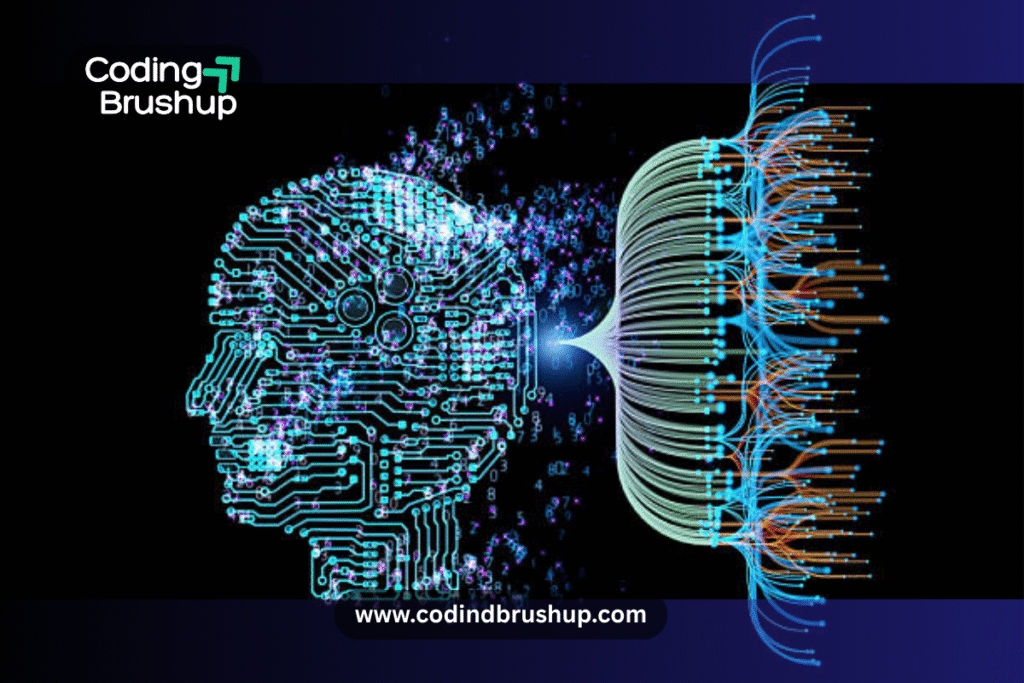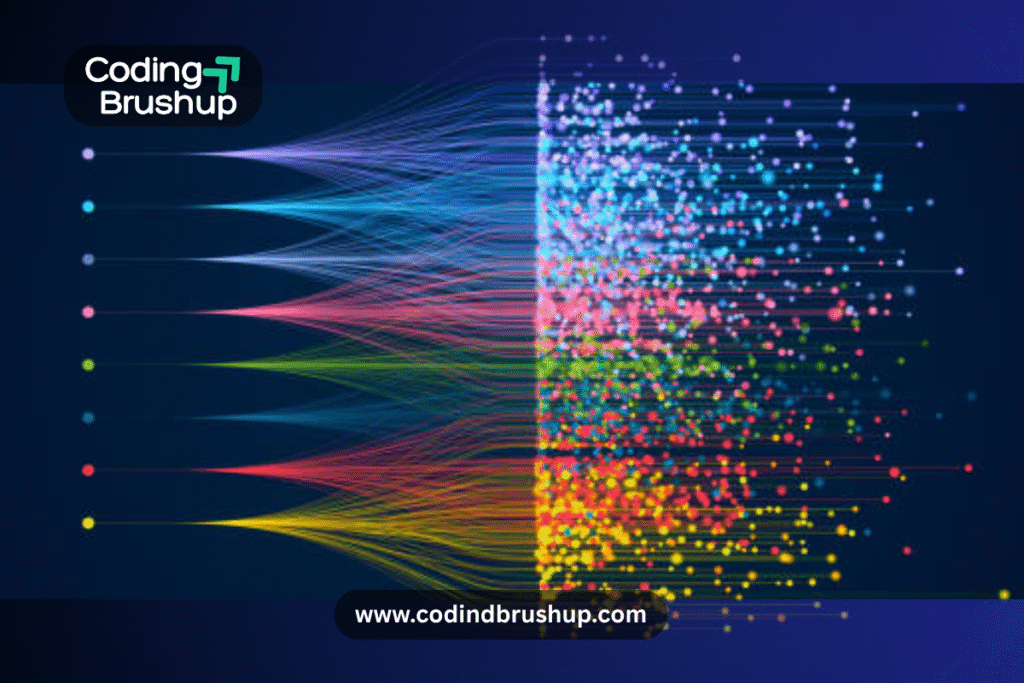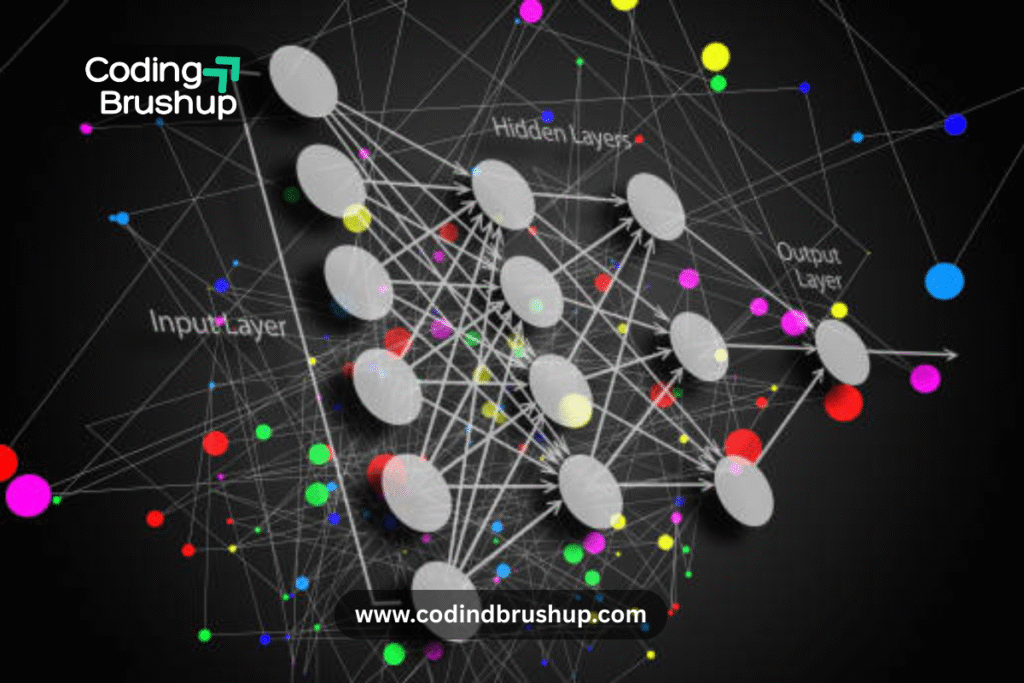Currently Empty: $0.00
Blog
Introduction to Deep Learning: What You Need to Know

Introduction to Deep Learning begins with recognizing its role as the driving force behind today’s most groundbreaking AI technologies — from voice assistants and image recognition to chatbots and autonomous vehicles. As artificial intelligence continues to evolve, deep learning remains at its core, transforming how machines learn from data and make intelligent decisions.
Whether you’re a tech enthusiast, a student exploring AI, or a professional advancing your career, understanding deep learning is no longer optional — it’s essential.
In this guide, we’ll unpack the fundamentals of deep learning, how it works, and why it matters. Through interactive tables, bullet points, and real-world use cases, you’ll gain a hands-on perspective of this powerful technology and how it’s shaping the future.
What is Deep Learning?

Deep learning is an advanced branch of machine learning that mimics the workings of the human brain through artificial neural networks. These networks consist of multiple layers that process and transform data, enabling machines to learn complex patterns and relationships on their own.
Unlike traditional algorithms, deep learning models can automatically extract features from raw data — such as images, text, or audio — by passing it through several computational layers. This allows them to classify, predict, and make decisions with little to no human intervention, especially when dealing with vast and unstructured datasets.
How Does Deep Learning Work?
Deep learning works by passing data through layers of a neural network.
Each layer learns to recognize features like shapes, patterns, or sounds.
As data moves through these layers, the model gets better at making predictions.
It keeps improving by adjusting itself based on the errors it makes during training.
Here’s a simplified breakdown:
- Input Layer: Raw data (text, image, sound)
- Hidden Layers: Multiple layers of neurons extract complex features from the data
- Output Layer: Final prediction or classification result
🔁 Interactive Table: Machine Learning vs Deep Learning

| Feature | Machine Learning | Deep Learning |
|---|---|---|
| Data Dependency | Works with smaller datasets | Requires large datasets |
| Feature Engineering | Manual feature extraction | Automatic feature extraction |
| Training Time | Shorter | Longer (due to complex computations) |
| Interpretability | High (easier to understand) | Low (black-box model) |
| Hardware Requirement | Standard CPU | High-performance GPUs/TPUs |
| Applications | Email filtering, fraud detection | Image recognition, speech synthesis |
Core Components of Deep Learning

- Neurons & Layers:
Each neuron processes input and passes it forward. Layers of neurons allow complex decision-making. - Activation Functions:
Functions like ReLU, Sigmoid, or Tanh that determine if a neuron should be activated. - Loss Function:
Measures prediction error and helps the model learn. - Backpropagation & Optimization:
Uses gradient descent to adjust weights and minimize error during training.
Popular Deep Learning Frameworks

Here are some widely-used tools for building deep learning models:
| Framework | Language | Best For |
|---|---|---|
| TensorFlow | Python | Industry projects, scalability |
| PyTorch | Python | Research, quick prototyping |
| Keras | Python | Beginners, fast model building |
| JAX | Python | High-performance ML |
| CNTK | C++, Python | Microsoft-specific solutions |
Applications of Deep Learning in 2025
✅ Computer Vision – Facial recognition, medical imaging, autonomous vehicles
✅ Natural Language Processing – Chatbots, sentiment analysis, translation tools
✅ Robotics & IoT – Smart sensors, automation in manufacturing
✅ Finance – Fraud detection, risk analysis, stock prediction
✅ Healthcare – Drug discovery, patient diagnostics, personalized treatment
Common Deep Learning Architectures

Let’s look at different types of deep learning models and their specialties:
| Architecture | Use Case |
|---|---|
| CNN (Convolutional Neural Network) | Image & video recognition |
| RNN (Recurrent Neural Network) | Sequential data (text/speech) |
| GAN (Generative Adversarial Network) | Image generation, data synthesis |
| Transformer Models | Language modeling (ChatGPT, BERT) |
Why Learn Deep Learning Now?

Deep learning is more than a buzzword — it’s the backbone of cutting-edge technologies across every industry. From powering intelligent assistants like Siri and Alexa to revolutionizing healthcare diagnostics and financial forecasting, deep learning is driving real-world impact.
Here’s why now is the best time to start:
- 🌍 Massive Demand: Companies across tech, healthcare, finance, and robotics are actively hiring deep learning specialists.
- 💼 High-Paying Career Paths: Roles like AI Engineer, Deep Learning Researcher, and Data Scientist offer top-tier salaries and growth potential.
- 🚀 Innovation at Your Fingertips: With open-source tools like TensorFlow and PyTorch, anyone can build powerful AI models from scratch.
- 📊 Data Explosion: The surge in big data means deep learning systems have more fuel than ever to train on, improving model accuracy and insight.
- 🧠 AI is the Future: As businesses integrate AI into every layer of operation, deep learning becomes a critical skill — not just a bonus.
more opportunities for AI
- 🌍 Growing demand in AI and tech industries
- 💼 Career opportunities in data science, ML, robotics, AI
- 🧪 Drive innovation in science, education, and medicine
- 📈 Competitive edge in job markets with advanced tech skills
✅ Takeaway: Deep Learning in a Nutshell
Deep learning is the cornerstone of modern AI. It empowers machines to learn, think, and act — just like humans. With the exponential growth of data and computing power, deep learning will drive the next wave of intelligent systems.
Here’s what you should remember:
- It’s a type of machine learning with multiple hidden layers
- Works best with large datasets and powerful hardware
- Fuels everything from self-driving cars to smart assistants
- Requires strong foundations in math, Python, and data science
- Learning it opens doors in multiple futuristic industries
🧑💻 Learn Deep Learning at CodingBrushup
At CodingBrushup, we don’t just introduce deep learning — we help you master it. Our AI & Machine Learning Bootcamp includes hands-on training with TensorFlow, PyTorch, and neural network projects to take your skills from beginner to advanced.
Whether you’re looking to break into AI or upscale your career, our structured curriculum and expert mentorship ensure you’re not just learning — you’re building.
👉 Explore our courses at CodingBrushup.com

